This morning was quite misty, which we learned was typical of Cadillac and the Sauternes region.
Monday, June 26th
After an especially busy day yesterday, plus an early dinner, we were ready for a big breakfast today before our morning outing. As usual, I started my day earlier than most with a cappuccino from the fancy coffeemaker in the lounge. And when the main dining room opened, I opted for scrambled eggs, Lyonnaise potatoes, English bacon (as opposed to "crispy", i.e., American, bacon), marbled sweeet bread, and fried mushrooms.
I was familiar with Sauternes wine mainly as a cooking wine (it reduces nicely for sauces), but our guide mentioned that the sweetness pairs well with salty and spicy foods, so there is a large market for Sauternes among the local Asian communities, particularly Chinese and Indian, as an excellent complement to many of their traditionally spicy dishes. I immediately recalled a particularly creamy and salty bleu cheese we'd had a few days before, and imagined that a sweet white wine would have been a lovely accompaniment. I also realized how critical wine pairings are in gourmet French meals. Not only does the chef balance the flavors in each dish, but also among the main dish and the sides, and the wine as well. Without the addition of the wine, the meal is still delicious, but the perfect balance is only achieved when all parts of the meal are enjoyed together.
We got a closer look at the vines and the soil as we got off the coach. Although a lot of the actual picking is done by hand, there are some small machines used in the fields, and we could see a narrow path with treadmarks where some kind of small equipment had passed through. We had passed some small tractors and diggers on the road - it's quite impressive how the huge buses manage to make way for other vehicles on the narrow streets. We also got a good look at the grave, the limestone gravel that forms such an important part of the terroir. The grave here is a bit larger and more spread out than we had seen at other vineyards. We learned that, depending on the weather and the location, winemakers may pick off some of the leaves to allow the sun to reach deeper into the vine, or they may leave them on to provide shade from the sun. As I mentioned before, the vines may also be trimmed to keep their height at a certain level. I also noticed that in many of the vineyards that we passed, there was a small rosebush planted at the end of every few rows, so I asked our guide about it. Originally, when horses were common for both transportation and farm work, the winemakers would plant roses among the grapevines to discourage horses from taking a nibble, as they'd often get a mouthful of thorns. Although no longer needed for practical reasons, it is still traditional to plant rosebushes at the end of the rows of vines.
Chateau de Rayne Vigneau has a particularly interesting history. In the 17th century, the chateau was owned by the de Vigneau family, and one of the sons married the daughter of the lord of Yquem (now the maker of the most exclusive and expensive wines in the area), who no doubt had a considerable knowledge of winemaking herself. The chateau was purchased in the mid-1800s by a woman named Madame de Rayne, and the estate was renamed "Chateau de Rayne Vigneau" in her honor. One of the wines we tasted was also named after her. As is the case with many of the historic chateaux throughout Bordeaux, the vineyard is now owned by a large corporation, although fortunately, the ancient winemaking traditions are still honored today.
The storage room for the wine barrels is decorated with a large collection of taxidermied local birds
There was also a beautifully lit display showing the color changes in the wine as it ages
Although no longer in use today, the tasting room featured two large traditional winepresses. The cask sits on a large sled so it can be slid into place under the press once it is filled with grapes. Two large wheels on the side are turned by hand to lower the press.
We tasted three wines at this location. The first was a rather dark yellow in color, but had a flavor of green apples and pears, with a crispy, spicy finish that was just a little sweet. I enjoyed that wine very much. The second, named after Madame de Rayne, was lighter in color but very, very sweet, with a strong honey flavor, almost like mead. It was cloyingly sweet for my taste, but I imagine it would make an excellent cooking wine when sweetness is the goal. But I can also see how it could balance a very salty or very spicy meal. The third wine was sweeter than the first, but much less sweet than the second, and had very pleasant vanilla and toasted marshmallow flavors. I could imagine it pairing nicely with a cheese plate or a less sweet dessert, like a fruit tart or a panna cotta.
The owners of many of the chateaux we saw and visited still live on the estates, so often the main house is protected by a gate and a long driveway to give the family some privacy. Can you imagine living in a literal castle, complete with towers and turrets?
Another castle that the family actually still lives in, our tour was given by Sebastien, whose family owns the estate as it has for the past 700 years. He himself does not live in the castle; he lives nearby and raises Bazadais, a local breed of cattle. He was well-spoken, charming, and funny, and kept us all thoroughly entertained as well as informed as he brought us through various rooms of the castle, which were decorated in different time periods to reflect the castle's long history. One of the rooms was currently under restoration, with scaffolding and even an artist painstakingly repairing the faded artwork. There was an piano with a curiously offset keyboard, so Herb asked Sebastien, "What do you know about the piano?" Sebastien paused for a moment, then replied simply, "Forte!" to much laughter from the group. (It was not original to the room, and he was unsure of its provenance.)
The ceiling was a combination of actual painted layers that formed an inverted cup and trompe l'oeil effects that only appeared 3-dimensional
The chapel was particularly beautiful, with its gilded confessional, rosette-patterned tile floor, colorful murals of saints, and stained glass windows.
Back inside the castle, we saw a dining room with Chinese-themed decor including sculptures of waterbirds, beautiful china place settings, and huge arched doorways; a sitting room with delicate floral wallpaper, another offset piano, and a door curiously set at an angle in the corner; a lady's bedroom with a large sculpture of the Virgin Mary holding the baby Jesus, with a large rat under her feet, apparently as a warning to other rats that they were not welcome; and a kitchen full of shiny copper pots and other kitchen tools including a laundry agitator and several bedwarmers, a large central cooktop that was vented to the outside via pipe underneath the floor, and huge fireplace with a spit attached to a mechanism which allowed it to be wound up to slowly rotate automatically over the course of several hours. Sebastien also noted that the word "barbecue" comes from the French for "head to butt," i.e., the positioning of the spit when slow roasting a whole animal such as a pig or goat.
Roger Moore, This Way Up
We returned to the boat and enjoyed an icy cold glass of champagne and a phone call to our kids, who were staying with family in the city of Toulouse. After a quick nap, we enjoyed a particularly French dinner featuring escargot, bouillabaisse, beef stronganoff, a caramel tarte tatin, and a particularly excellent Saint Emillion Grand Cru that our host had bought at an earlier port. We ended the evening with another wonderful performance by Mitch, our Cruise Director, and our usual round of dancing with our fellow passengers, including some fun line dancing (YMCA! Cha Cha Slide! Superman! Macarena!) and one of my particular favorites, "Way Down Yonder on the Chattahoochee" - because you can't leave the floor until Alan Jackson says, "AaaaiiiiiiEEEEEE!!!"
Sleep well, and we'll be back in Bordeaux in the morning!















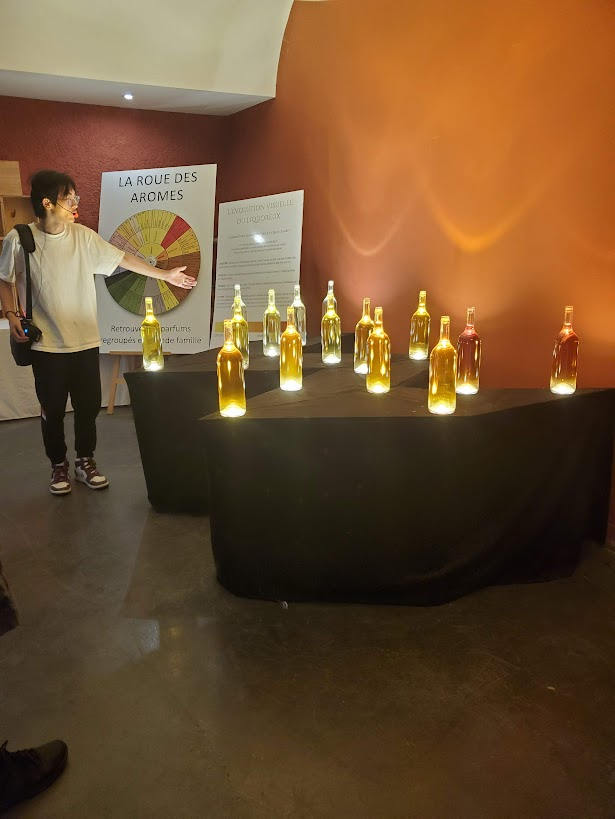




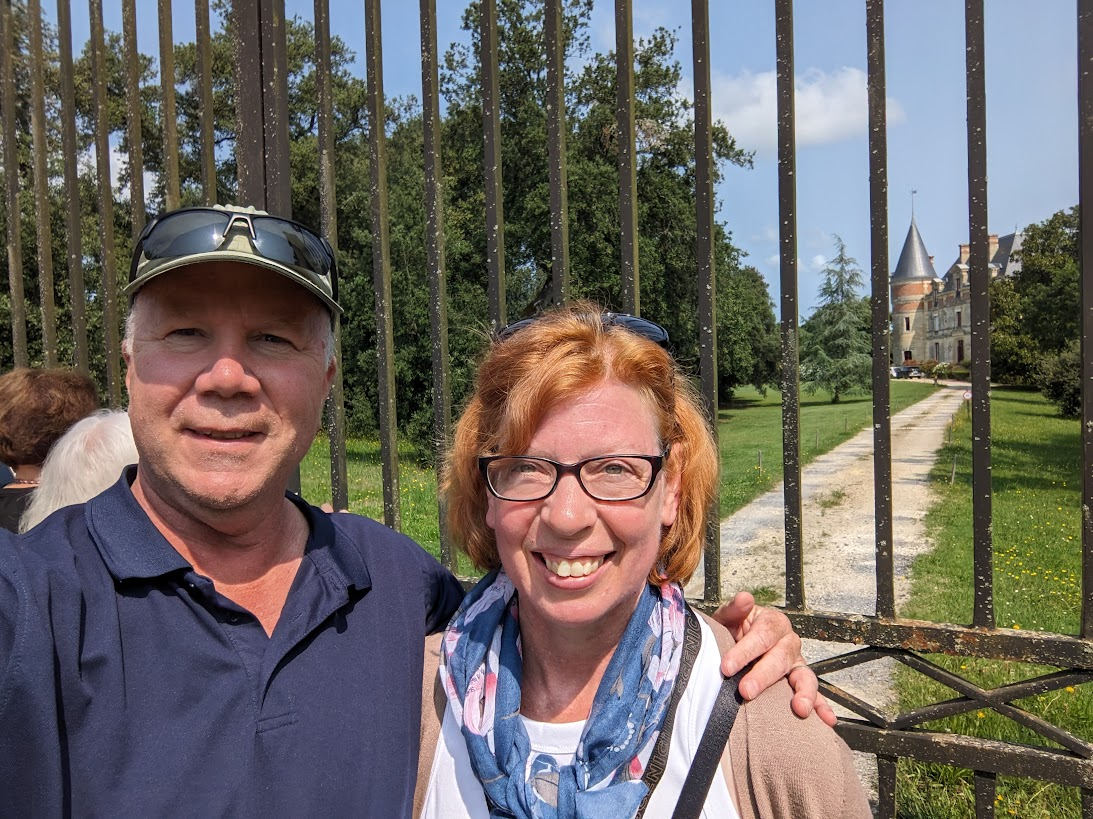






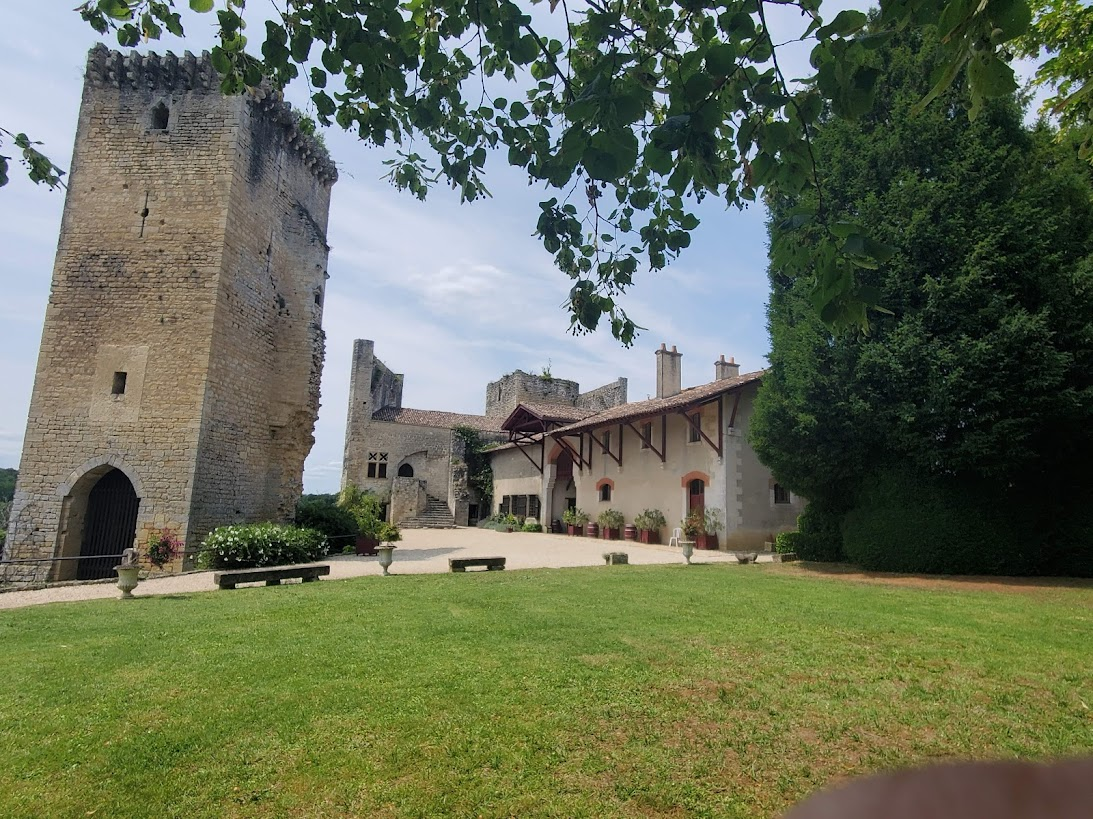



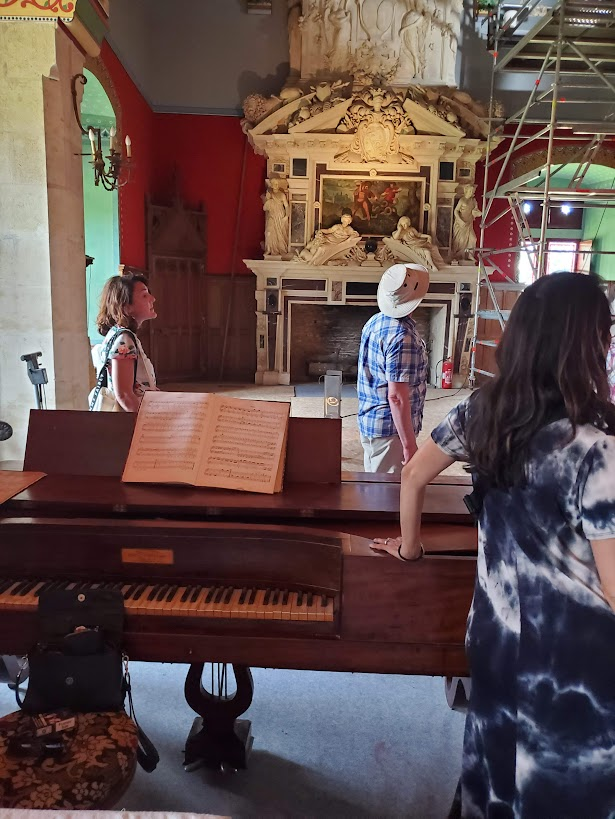
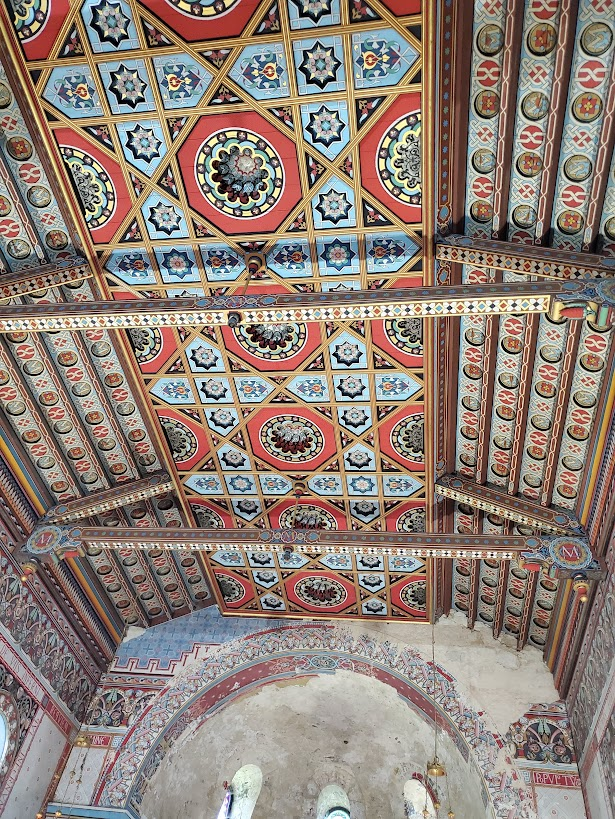

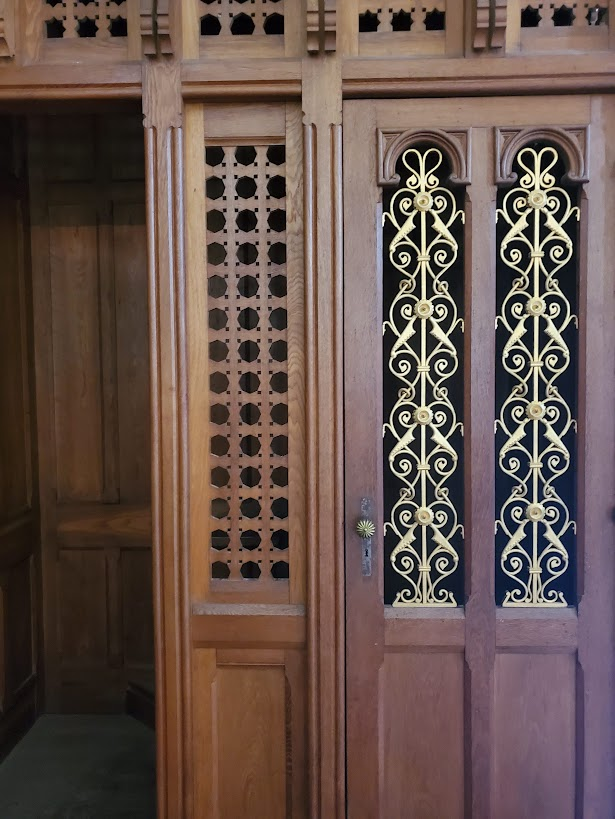









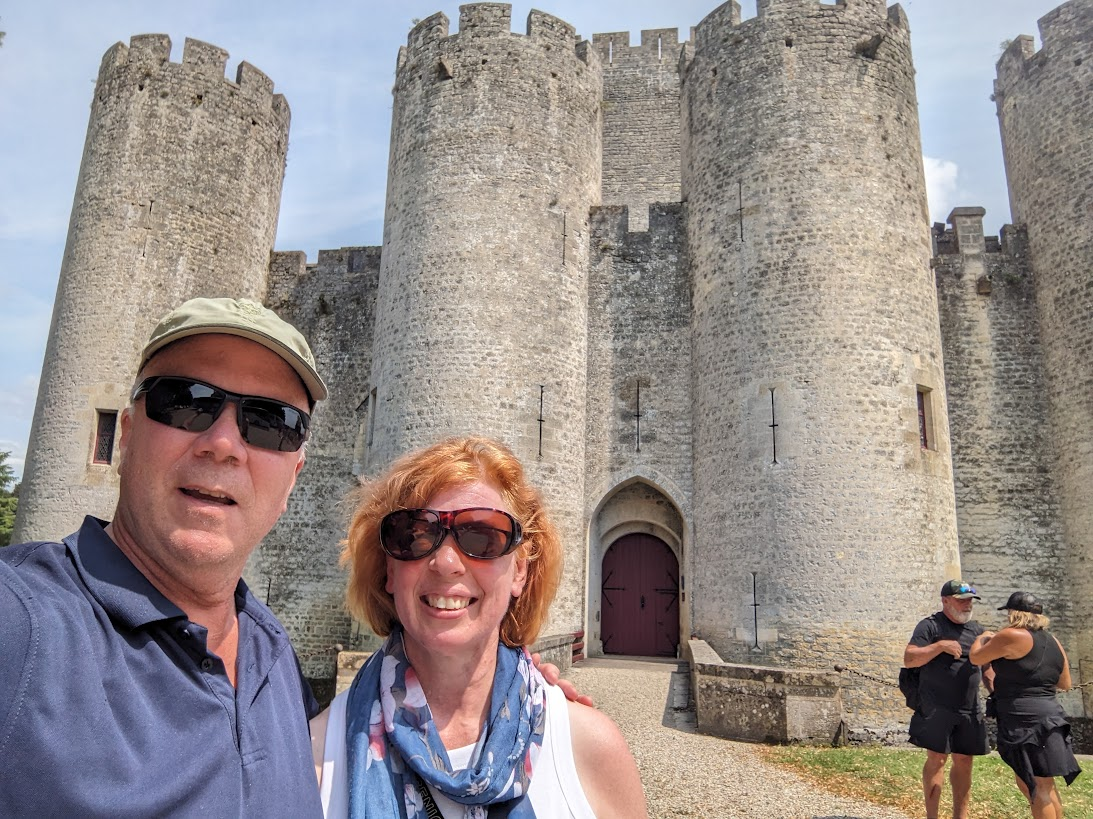

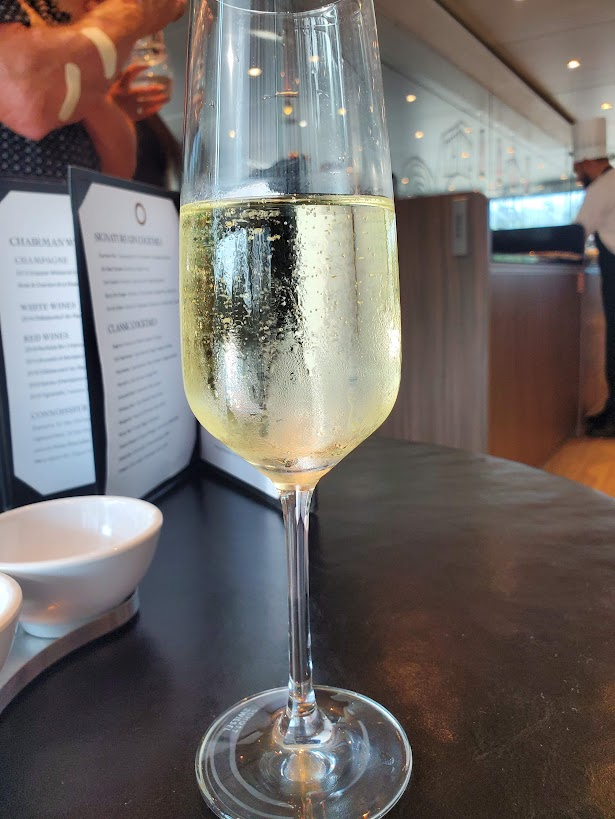





No comments:
Post a Comment